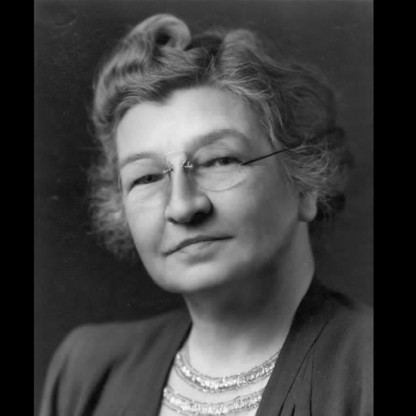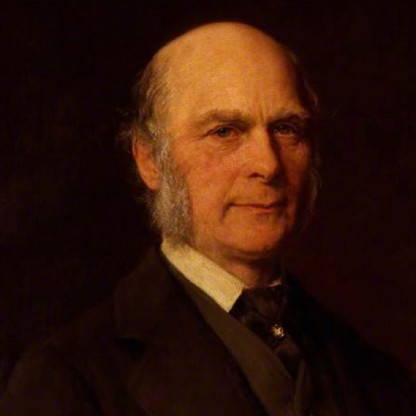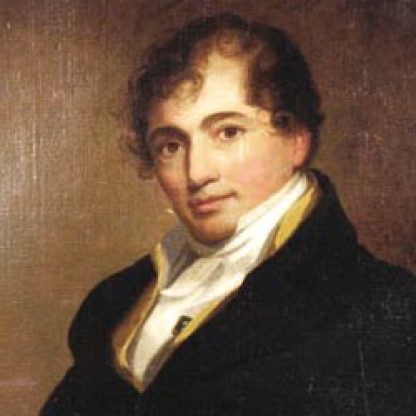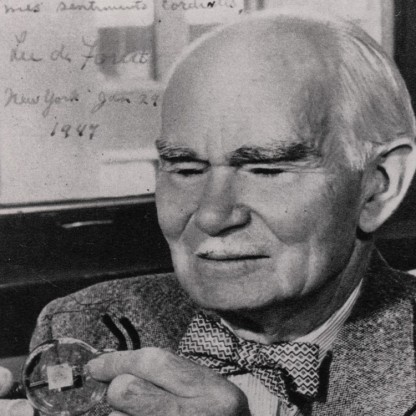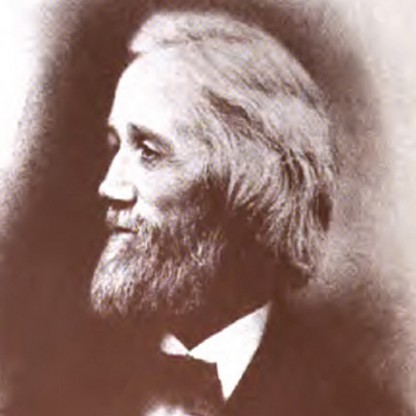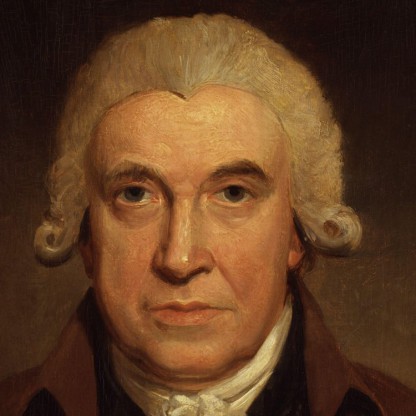Mary Walton also invented a system for reducing the noise produced by the elevated railway systems that were rapidly expanding in New York City, where she lived near the Sixth Avenue Line. Her system deadened the noise caused by trains running over the tracks by cradling the tracks in a wooden box lined with cotton and filled with sand. The rights to her invention, patented in 1881, were sold to the Metropolitan Railroad for $10,000 and the system was soon adopted by other elevated railway companies.


